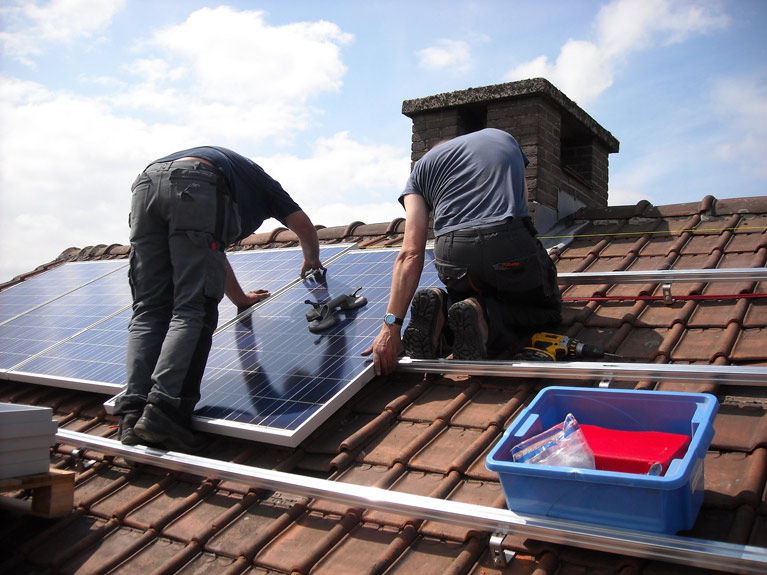
Considering sustainability prior to commencing your renovation, and throughout the entire renovation process, not only helps save the environment but it will also save you money – now, and in the long run.
There are 5 main points to focus on when designing and building your renovation with the environment in mind: Passive Design Principles, Materials, Waste, Energy and Water.
Considering each of these during your preliminary research, design and build phases will set you up for a beautifully designed and constructed renovation that will be comfortable and sustainable into the future.
In this two part series we will share with you some ways to make your home renovations more sustainable. In Part 1 we’ll cover Passive Design Principles, Materials and Waste.
Passive Design
Maximise winter warmth and summer cooling by considering passive design principles while planning the layout of your addition.
Passive cooling can be broken down into two main elements – the cooling of buildings and the cooling of people. A well-designed addition takes both into account.
The key elements of design for effective passive cooling are:
- Ventilation
- Orientation
- Windows
- Shading
- Insulation
- Thermal Mass
You can take a closer look at each of these elements in our article: Passive Cooling Your Home Additions
Our designers can discuss these elements with you in relation to your home and help you understand how these will impact your home, before and after your renovation.
For more detail on considering aspect and orientation in your home design read our article Designing your home addition to maximise on aspect and orientation.
Materials selection and re-use
When buying products and materials, aim to future proof your home and choose durable materials for your renovation that won’t need a lot of ongoing maintenance. Select building materials that are from renewable resources, for instance, wood from sustainably managed forests. PEFC or FSC certified timber is sustainably sourced.
Minimise your use of environmentally hazardous materials (such as paints and glues that contain high levels of toxic chemicals) where possible. If you are not sure about claims made by suppliers, ask some questions and do your research. Sites such as Eco Specifier can provide a useful starting point.
Waste – reduction and re-use
Where possible, consider how you might be able to re-use materials removed as part of the renovation. For example, bricks can be re used for paving in the garden, flooring can be used for fencing or ‘up-cycled’ outdoor furniture and cubby houses – rethinking how you can use these materials might bring out the maker in you that you didn’t know was there.

You can also reduce construction waste by selling what you don’t want or need on websites such as Ebay and Gumtree, or even give them away for free. Windows, flooring, washing lines and other materials are popular items keenly purchased and removed for you by the purchaser. It can be surprising how much potential construction waste can be diverted from landfill with little effort, and almost all online.
Further reduce waste by updating your current furniture to suit your fresh, newly renovated home. Instead of tossing it, consider re-upholstering your couch if it is looking worn. Take advantage of the services of an experienced upholsterer, or take your piece of furniture to one of the popular workshops run by the Marrickville based Bower Reuse and Repair Centre, and enjoy learning the skills to re-cover your own piece of furniture from one of their passionate volunteers.
In part 2 we cover Energy and Water.

